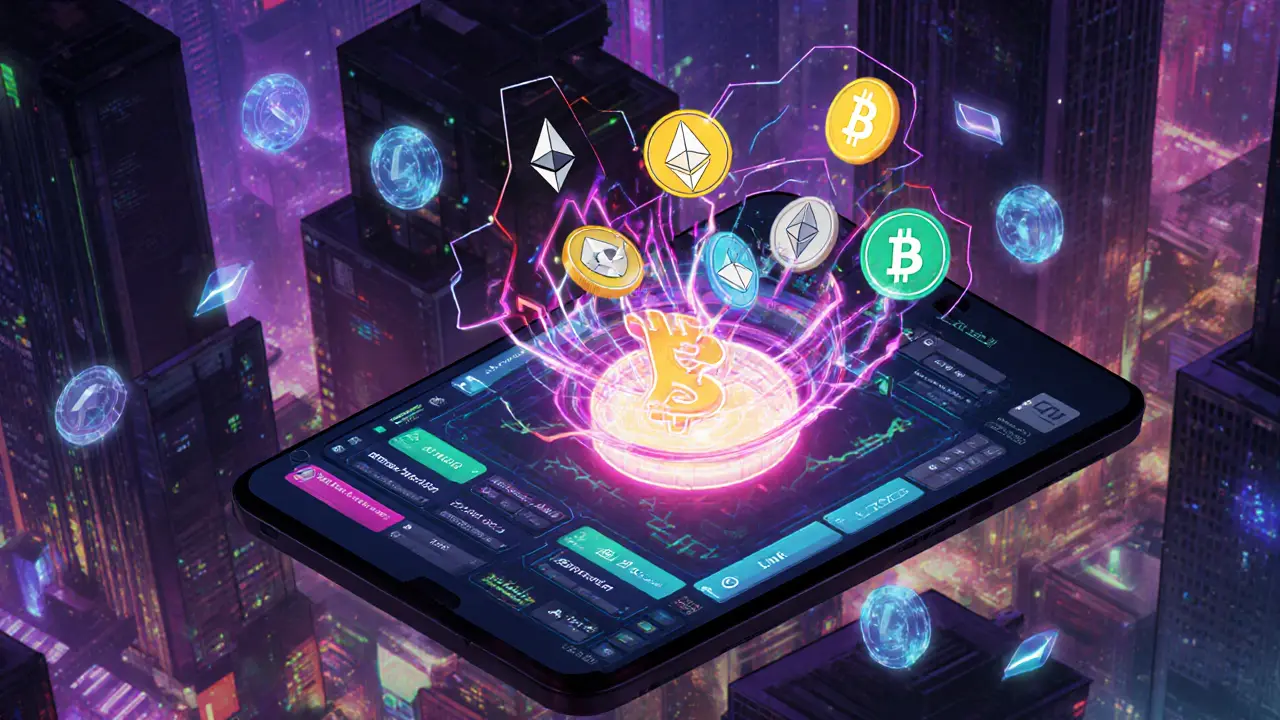ERC-7621: What It Is, How It Differs from ERC-721, and Why It Matters
When you think of NFTs on Ethereum, you probably think of ERC-721, the original standard that made unique digital assets possible on Ethereum. Also known as Non-Fungible Token standard, it’s what powered CryptoPunks, Bored Apes, and thousands of other collectibles. But ERC-7621, a newer, more efficient NFT standard designed to fix key bottlenecks in ERC-721 is quietly changing how NFTs are built and used today.
ERC-7621 isn’t just another upgrade—it’s a practical response to real problems. ERC-721 requires a separate transaction for every single NFT minted, which gets expensive and slow when you’re creating hundreds or thousands of tokens. ERC-7621 solves this by allowing batch minting in one go. That means lower gas fees, faster deployment, and less clutter on the blockchain. It also supports dynamic metadata, so an NFT’s properties can change after minting—something ERC-721 can’t do without complex workarounds. This matters if you’re building a game where characters level up, or a collectible that evolves based on usage. Ethereum, the blockchain where most NFTs live is becoming more efficient, and ERC-7621 is part of that shift.
Why should you care? If you’re holding NFTs, you might already be interacting with ERC-7621 tokens without knowing it. Many newer projects—especially in gaming, DeFi, and tokenized real-world assets—are choosing it over ERC-721 because it’s cheaper and more flexible. But if you’re a developer or just trying to understand what’s next in NFTs, this is the standard to watch. It doesn’t replace ERC-721 overnight, but it’s becoming the go-to for scalable, dynamic collections. You’ll see it in projects that need to issue lots of NFTs fast, or ones that need to update traits after launch. And unlike some obscure standards, ERC-7621 is built to work with existing wallets, marketplaces, and tools—so adoption isn’t a hurdle.
Below, you’ll find posts that dig into the NFT standards you actually use, the security risks around them, and how real projects are leveraging these technologies. Some explain how to protect your NFTs. Others break down how tokens like eBTC or XAUt use blockchain standards differently. You won’t find fluff here—just clear, practical breakdowns of what’s working, what’s not, and what’s coming next in Ethereum’s NFT ecosystem.
- November 20, 2025
- Comments 9
- Cryptocurrency

